The NVIDIA Omniverse is a native, open platform that facilitates design flow acceleration and real-time collaboration. The Omniverse allows creators, engineers, and researchers to collaborate on all related virtual worlds: the beginnings of a term coined by Neal Stephenson, “Metaverse”.
The platform improves efficiency, productivity, and flexibility as teams from all over the room or around the world can connect with Omniverse and at the same time work on projects with a real-time photorealistic display.
A fundamental advancement of Omniverse is the ability to work easily simultaneously between software applications. Creators, designers, and engineers can access various Omniverse connectors for high-end software applications such as Autodesk Maya and Revit, Adobe Photoshop, Substance Designer, Substance Painter, McNeel Rhino, Trimble SketchUp, and Epic Unreal Engine. Much more is in development including those for Blender, Houdini, 3ds Max, and Motion Builder.
The omniverse consists of 5 key parts
- Heart
- Connect
- team
- Simulation
- RTX display
NVIDIA Space Nucleus
Omniverse Nucleus provides a set of core services that allow a variety of client applications, renders, and microservices to share and modify the display of virtual worlds.
Nucleus operates on a publish/subscribe model. Subject to access control, Omniverse customers can post changes to digital subscriptions and virtual worlds in the Nucleus (DB) database or subscribe to their changes. Changes are transferred in real-time between connected applications. Digital assets can include geometry, lights, materials, textures, and other data that describe virtual worlds and their evolution over time.
NVIDIA Omniverse Connect
NVIDIA has built additional software layers and extensions on top of the USD open source distribution that allows DCC tools and IT departments to easily communicate with each other via Omniverse Nucleus DB. These extensions and add-ons and the software add-ons they share are known as NVIDIA Omniverse Connect.
NVIDIA Omniverse Connect libraries allow client applications to connect to Nucleus DB and publish and subscribe to individual assets and entire worlds. For the typical DCC tools that exist, most of the work on creating a suitable plugin for the NVIDIA Omniverse ™ is to establish two-way synchronization between the scene render in the USD library and the scene renders that the tool uses internally. For programs that are originally dependent on the USD library, such synchronization is not required.
If the required synchronization is established, the DCC add-in will use the NVIDIA Omniverse ™ Connect libraries to apply updates received from outside and publish internally generated changes as needed. NVIDIA Omniverse ™ Connect libraries make it especially easy. As the app changes the view of the USD scene, NVIDIA Omniverse ™ Connect uses built-in USD notification mechanisms to track local changes since the last release. At the request of the application, NVIDIA Omniverse ™ Connect libraries will compile a set of differences by files and publish them in Nucleus DB, where they will then be sent to all subscribers.
Omniverse set
Instead of being a monolithic application, it is made of extensions, these extensions are building blocks that you can assemble in multiple ways to create different types of applications. At the highest level, all UI elements, workflow, and general functionality are written in Python, making them extremely customizable.
Omniverse Kit
Is a set of tools for building native Omniverse applications and microservices? It is built on a foundation frame that provides a wide range of functionality through a set of lightweight extensions. These standalone extensions are plugins created in Python or C ++.
The kit is designed to be a flexible and scalable development platform for applications and microservices. It can be run headless to create a microservice or with a user interface. The UI application can be written entirely using a UI engine that allows for complete customization.
Simulation
The simulation in NVIDIA Omniverse ™ is provided by a set of NVIDIA technologies as add-ons or microservices for the Omniverse Kit. One of the first simulation tools released as part of Omniverse is NVIDIA’s open-source PhysX physical simulator, widely used in computer games. The objects involved in the simulation, their properties, all constraints, and all solver parameters are listed in a custom USD schema. The kit offers functions for changing simulation parameters, starting and stopping the simulation and adjusting all parameters.
Who is the space simulation for?
- Omniverse can help anyone interested in a simulation environment.
- Including, but not limited to) …
- Robotics
- Special effects
- Driving simulation
- Architecture, Engineering and Construction (AEC)
- Film and Television (M&E)
- Game development
- Synthetic Data Generation (AI)
- HPC display
Visualize and display amazing worlds
The Omniverse supports the generation of engines compatible with Pixar’s Hydra architecture, including a new Omniverse RTX viewing frame that uses Turing hardware cores and next-generation NVIDIA architectures to run air search and real-time accelerated path search hardware.
The renderer does not rasterize before searching for air, so you can process very large scenes in real-time. It has two modes: traditional air search for fast performance and path search for the highest quality results.
The Omniverse platform is based on a centralized cloud topology, where staff that could potentially disperse the world can share, view, modify, and verify a model, a database in a format. As with current 3D CAD methodologies, the goal of the platform is to enable the creation of a true digital twin, a virtual replica with accompanying design information, perfectly faithful to possible physical implementation.
Just a twin. The basic attribute of the Omniverse, and the primary goal of the transition to a centralized computing environment, is that in this case in particular there is a twin that reflects a possible, if not simultaneous, physical implementation. This means that all contributors work on a single database: no more multiple copies distributed across multiple users and locations, loss of transmission time and bandwidth, and consistency issues prone to errors when managing different versions. In any case, it is guaranteed that this is the latest and latest version of the database.
Open standards. Another attribute, perhaps the backbone of the efficiency and attractiveness of the approach, is the fact that the platform relies on a common, open, and compliant model description, which the same can create and modify popular CAD tools. model. The client environment would mean countless different versions and conversions between auxiliary data formats and models.
Centralized IT environment. The Omniverse is built on a centralized computing topology, in which users access the environment remotely via workstations located in the data center, configured virtually or physically. All the goodness and appeal of centralized computing has come together, extensively covered in a column over the last few years (here, here, and here). By combining the common centralized computing environment Omniverse, NVIDIA and its partners seek to create a virtual cloud 3D design environment that some would rightly see as a sacred achievement in design. Modern 3D addressing the many thorny issues plaguing traditional customer-focused topologies such as big data, security, 24/7 remote access, and interoperability of data and applications.
A long-term arrival, for a reason
GTC ’21 in no way marks the first mention of the Omniverse. As is often the case with a company so massive that it requires the coordination of so many components, as well as the participation and contribution of the entire CAD ecosystem, the Omniverse has been evolving for years. Its origins can be traced back to indoor tools that were first exhibited outdoors during the GTC ’17 Holodeck project. Borrowing from the name of Star Trek, Project Holodeck collaborators were able to interact remotely with the same virtual model and with each other to review designs and test optimal ergonomic shape and function.
The architecture of the universe
Based on Pixar’s Universal Scene Description (USD), the Omniverse provides a common visual language that serves as a standard reference for all contributors. The common base eliminates constant import and export, and multiple users design in the same model environment using real-time live programs over the network.
The USD blanket concept is an important part of Omniverse’s main goal, simultaneous collaboration, allowing multiple users to work on the same model or submodel. Each can work in a separate layer of the model, encapsulating different attributes that do not necessarily affect the other layers. For example, imagine one graphic designer working on material for one room while another continues to shape the shape or simulate lighting or airflow.
NVIDIA’s Material Definition Language (MDL) supports the American Standard Scene View on the material side of the equation, an open standard that includes physical descriptions of materials in displays, including Omniverse.
End-user Omniverse platform environment.
Because they all work on the same unique model, the only data transmitted over the network is design changes, which are then reflected in real-time to all employees. The Nucleus server traffic police are responsible for synchronizing all applications and collaborators, communicating deltas, information that shows what has changed from each user’s perspective compared to the previous state of the model. The nucleus, in particular, can function as a global cloud coordinator and local administrator for set subgroups, or both hierarchically, where the office develops all assets for the design component. . In the world of AEC, imagine how different teams work on a building, the other focused on landscaping, each collaborating in their offices within their own domain, while the Omniverse Nucleus master server synchronizes the building and landscaping in a database.
Omniverse Nucleus Server – traffic police that maintains database synchronization for all users, potentially in a hierarchical manner.
To meet the clear needs of the CAD environment, Omniverse offers native simulation and display mechanisms, including PhysX, RTX, and AI. PhysX provides a physically accurate simulation of liquids, particles, and waves. Common display mechanisms such as the accelerated iRay GPU are included. And while the Omniverse and RTX are clearly looking to the future because they are framed around rendering as the default screen, if not now, ultimately, the Omniverse also supports consumer 3D raster graphics, such as Pixar’s OpenGL-based graphics engine.
Although virtual and augmented reality views are not placed at the core of the Omniverse proposal, NVIDIA supports both through CloudXR, providing ambient virtual reality views and augmented reality views (which would then be processed locally to integrate the synthetic model into reality). global environment).
Omniverse applications
In any design environment, the tools, the flow, and the whole range of things you must have are never easy for everyone. To customize and expand the core capabilities of Omniverse, NVIDIA includes a Kit that discovers tools developers can use, including Python and the aforementioned engines like PhysX and Nucleus, extensions for things like asset management and textures.
To address some of the more obvious needs of the following applications and help develop the evolution of the Omniverse ecosystem, NVIDIA has stepped up the creation and delivery of finished, pre-packaged applications for users. Omniverse including Create and View which is especially important for CAD use.
Once the basic technology infrastructure is established, the next important step is to make it accessible to users. NVIDIA has several big names on its list of early partners and adopters, such as Bentley Systems and BMW.
BMW. Consider BMW and its CAD approach, rightly entering car design. But in this case, the use of Omniverse is just as important for AEC and manufacturing as it is for product design. They use the environment together with Unreal Engine for pre-construction planning and plant optimization.
Objective: To create a digital factory twin, capable of simulating all phases of logistics, supply, and assembly. With this digital twin, BMW can replicate all of its manufacturing processes in the digital realm, optimizing the way robots, humans, parts, and tools interact in the physical world. The hope is to mitigate potential problems and find subtle optimizations that will pay off before you commit to construction and implementation.
Omniverse is an easy-to-use 3D environment for a wide range of users, many of whom are necessarily technologically smart. However, in reality. BMW has structured its Omniverse environment around the Unreal Engine for real-time graphics with additional connectors for the Bentley Microstation, SOLIDWORKS, and CATIA.


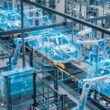
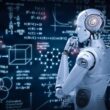
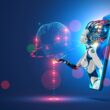



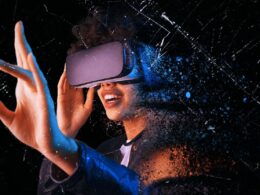
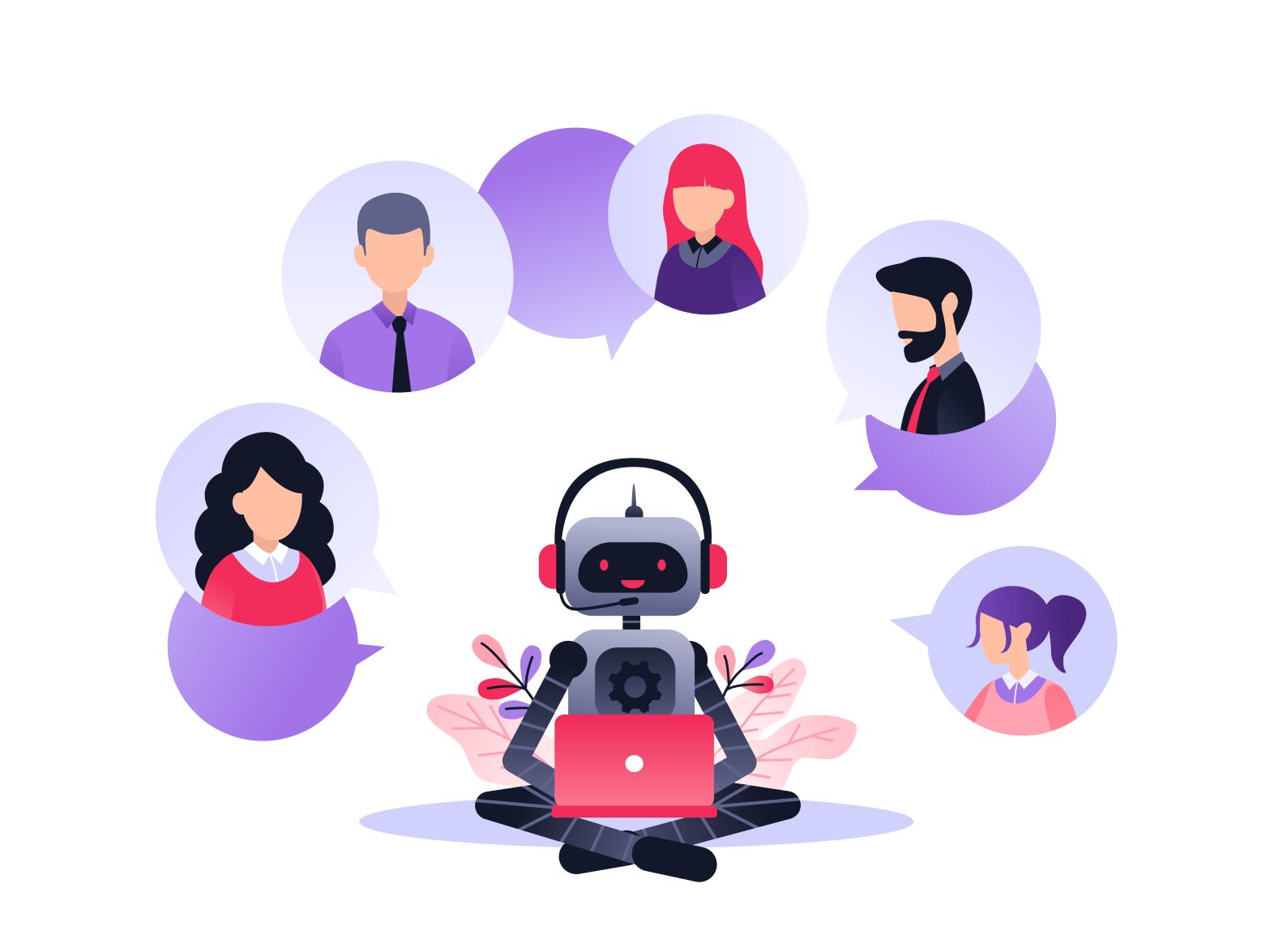

5 comments